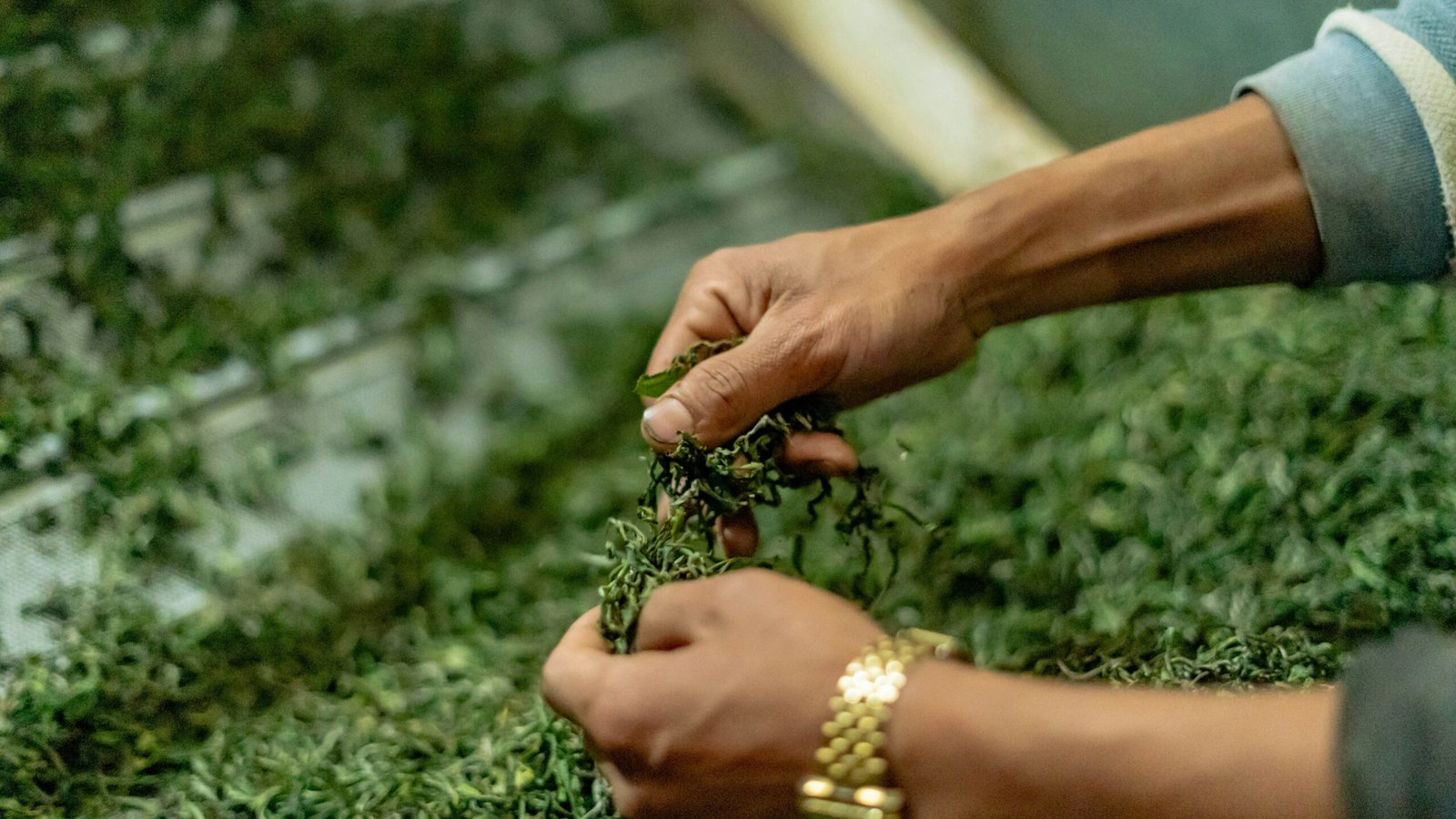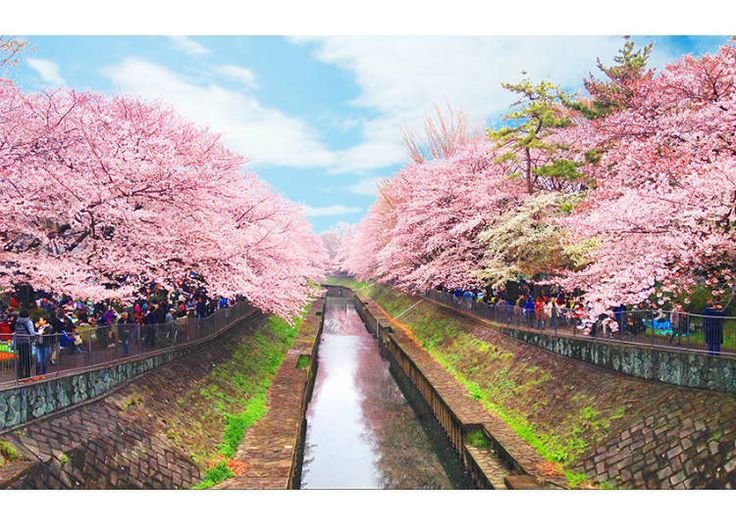Introduction to Sri Lanka’s Tea Plantations
Sri Lanka, formerly known as Ceylon, is renowned for its rich heritage and diversity, with tea production being one of its most significant industries. The island’s long-standing relationship with tea began in the early 19th century when British colonists introduced the crop to supersede the declining coffee plantation sector. This pivotal shift led to the establishment of vast tea estates across the picturesque hills of central Sri Lanka. Today, this small island nation holds a prominent position as one of the world’s leading producers of high-quality tea, known for its distinctive flavors and aromatic qualities.
In the lush, undulating landscapes of the central highlands, tea bushes stretch as far as the eye can see, meticulously cultivated by generations of skilled workers. The cooler climate, rich volcanic soil, and misty mountain atmosphere create an ideal environment for tea cultivation, contributing to the unique characteristics of Sri Lankan tea. This artisanal craftsmanship and dedication to ethical practices in tea production have positioned Sri Lanka as a hallmark of quality in the global tea market.
Beyond its economic importance, tea in Sri Lanka bears profound cultural significance. It is deeply interwoven into the social fabric of the country, symbolizing hospitality and community. Tea-drinking rituals bring people together, transcending various cultural divides. This beverage is not only an integral part of daily life for many Sri Lankans but also stands as a tribute to the nation’s centuries-old customs and traditions. As we embark on this journey through Sri Lanka’s enchanting tea plantations, it is essential to recognize both the historical roots and the vibrant culture surrounding this remarkable beverage. The train ride through these plantations offers a unique opportunity to experience the beauty of the landscape while delving deeper into Sri Lanka’s tea legacy.
Choosing the Right Train Journey
Traveling through the picturesque tea plantations of Sri Lanka by train is an experience not to be missed. One of the most popular train routes is the journey from Kandy to Ella, renowned for its stunning vistas of verdant hills and terraced tea estates. This particular route offers a three to four-hour ride filled with breathtaking views that draw travelers from around the globe. Another noteworthy option includes the Nanu Oya to Ella route, which also provides travelers with captivating scenes of lush tea fields, waterfalls, and charming villages.
Booking train tickets in Sri Lanka can be done through the official Sri Lanka Railways website, or at train stations, where you can also buy tickets on the day of travel. However, it is advisable to book tickets in advance, especially during peak tourist seasons, to secure your preferred class of travel. For those seeking a more comfortable experience, first-class accommodations offer reserved seating in air-conditioned coaches, ensuring a pleasant journey. Second-class is a good option for budget travelers, as it provides decent comfort without breaking the bank. Third-class, while the most economical, may involve a more rustic experience and is less recommended for those who might struggle with crowding or limited seating.
The best times to travel along these scenic routes are between January and March or from July to September. This timing typically coincides with the dry season in Sri Lanka, enhancing visibility of the surroundings and overall travel comfort. Early morning and late afternoon journeys are particularly recommended, as the natural lighting adds to the charm of the landscapes, making for excellent photo opportunities. By carefully planning your train journey, you can immerse yourself in the beauty of Sri Lanka’s tea plantations while enjoying a uniquely local travel experience.
Spectacular Scenery: What to Expect
Traveling through the tea plantations of Sri Lanka by train offers a captivating visual experience, marked by breathtaking landscapes that are sure to leave an indelible impression on travelers. The train routes meander through a tapestry of rolling hills, where endless vistas of meticulously manicured tea bushes create lush green carpets that stretch out as far as the eye can see. These vibrant tea plantations harmoniously blend into the surrounding environment, showcasing nature’s artistry.
As the train progresses through these serene landscapes, travelers will encounter misty mountains that rise majestically in the background, adding to the enchanting atmosphere. The interplay between the hills and the mountains often creates ethereal vistas, particularly during the early morning hours when the mist clings to the peaks, cloaking them in a mystical shroud. This magical setting provides an exceptional backdrop for photography enthusiasts, allowing them to capture snapshots of nature’s finest work.
In addition to the picturesque hills and mountains, the scenery is further enlivened by the vibrant colors of the surrounding flora. Wildflowers erupt in splashes of color, while native trees, draped in verdant foliage, add texture and depth to the landscape. The harmonious blend of colorful elements against the rich greenery of the tea bushes creates a visual feast that is incredibly photogenic. Travelers are encouraged to keep their cameras ready as they navigate through tunnels and over bridges, with each twist and turn offering a new perspective of the scenic beauty. This journey not only highlights the natural splendor of Sri Lanka but also allows passengers to immerse themselves in its cultural heritage, thereby offering a multifaceted travel experience that is truly unforgettable.
Experiencing Local Culture on the Train
Traveling by train in Sri Lanka is not merely a means to reach a destination; it serves as a vibrant tapestry of local culture and community interaction. As the train meanders through the lush green landscapes of tea plantations, passengers have the unique opportunity to engage with the diverse people that share this journey. The atmosphere on board is imbued with warmth and camaraderie, creating a shared experience among travelers from all walks of life.
One of the most delightful aspects of this cultural immersion is the interactions with local vendors who board the train at various stops. These vendors bring a variety of traditional snacks—such as freshly made samosas, aromatic roti, and sweet local desserts—to offer to passengers. Their presence adds a dynamic element to the ride, as travelers often take a moment to sample these culinary delights, which often reflect the rich flavors and heritage of Sri Lankan cuisine. Purchasing snacks not only fills the stomach but also supports local economies and encourages the sharing of stories and smiles.
Inside the compartment, the train car becomes a microcosm of Sri Lankan society. From schoolchildren traveling home to families on the weekend journey, the shared space fosters interactions and friendships that reflect the true spirit of the nation. Conversations flow freely, often sparked by a shared curiosity or the joy of a scenic view outside the window. Those opting for window seats are treated to not only breathtaking vistas but also the vibrant life unfolding in the villages and tea estates that dot the landscape, making every ride a mini-adventure.
The experience of traveling through Sri Lanka by train is, therefore, much more than a scenic route; it is a cultural journey that celebrates the richness of Sri Lankan life and the connections formed with fellow travelers. This unique atmosphere, characterized by laughter, sharing, and local flavors, leaves an indelible mark on all who partake in it.
Stops Along the Journey: Must-Visit Tea Plantations
Traveling by train through the picturesque landscapes of Sri Lanka offers travelers a unique opportunity to visit some of the most famous tea plantations in the world. The combination of breathtaking views and the rich history of tea production makes these stops essential for anyone seeking to understand the heartbeat of Sri Lanka’s tea industry. Among the notable estates is the Pedro Tea Estate, renowned for both its scenic location and its historical significance in the tea sector.
Located just a short distance from Nuwara Eliya, the Pedro Tea Estate was established in 1885 and is one of the oldest tea plantations in the country. Visitors can enjoy guided tours that delve into the history of tea cultivation in Sri Lanka, including the intricate processes involved in transforming fresh tea leaves into the aromatic beverage enjoyed worldwide. The knowledgeable guides provide insights into the various tea production methods, allowing visitors a comprehensive understanding of how tea is cultivated, harvested, and processed.
Additionally, the estate offers a delightful tasting session where travelers can sample different varieties of Ceylon tea. This hands-on experience enhances the journey, allowing guests to appreciate the subtle flavors and aromas that characterize Sri Lankan tea. The estate is set in a stunning landscape filled with lush greenery, making it a picturesque spot for photography enthusiasts.
Another noteworthy stop along the route is the Glenloch Tea Factory, which showcases the traditional and modern methods of tea production. Visitors can observe the intricate processes firsthand and partake in tasting sessions to further understand the nuances of flavor profiles associated with various tea types. These stops provide an authentic glimpse into the vibrant world of tea plantations, making the journey both educational and enjoyable for travelers.
The Train Experience: Comfort and Convenience
Traveling through the picturesque tea plantations of Sri Lanka by train presents a unique opportunity for adventurers and leisure travelers alike to experience the country’s stunning landscapes while enjoying comfort on board. The trains in Sri Lanka are known for their scenic routes, making the journey itself just as memorable as the destination. Passengers can expect a varying degree of comfort depending on their chosen class of travel, whether it’s first class, second class, or third class.
First-class compartments offer plush seating with panoramic windows, providing an ideal setting to relish the breathtaking views of lush green hills and sprawling tea estates. These spacious cabins often come with air conditioning, ensuring a pleasant environment even during the warm months. On the other hand, second-class coaches are typically more budget-friendly and can still provide a comfortable ride. Although they may lack some of the frills of first class, these compartments are well-appointed, with ample seating and large windows that allow for spectacular landscapes to unfold before your eyes.
Long journeys, such as those from Colombo to Ella or Hatton, can feel more relaxing with the right amenities. Many trains are equipped with dining cars, where passengers can enjoy local cuisine or refreshments. It’s advisable to bring snacks and drinks, considering the duration of the trip and limited food options on board. Additionally, restroom facilities, although basic, are maintained fairly well, allowing for a satisfactory travel experience.
To enhance your journey through the tea plantations, it is recommended to reserve tickets in advance, especially for popular routes. Bringing a light jacket is also essential, as temperatures may drop in higher altitudes. Finally, selecting seats by the window ensures you will not miss the captivating views that make this train experience unforgettable.
Best Time to Visit the Tea Plantations
Visiting the tea plantations of Sri Lanka is a remarkable experience that offers travelers a chance to immerse themselves in the lush landscapes and rich culture of the region. The timing of your visit is crucial to fully appreciate the beauty of the plantations and to ensure enjoyable weather conditions. The best time to explore these serene environments generally falls between December and March. During this period, the weather is dry and pleasant, providing optimal conditions for sightseeing, photographs, and tea tasting.
From April to June, Sri Lanka experiences a moderate increase in temperatures, and while it remains a good time for visitation, anticipation of the monsoon season begins. In fact, the southwest monsoon typically arrives around May, bringing heavy rain to the central highlands. This rain plays a crucial role in tea cultivation as it helps nourish the tea plants, but it may limit your outdoor activities and visibility.
Another significant aspect to consider is the tea-picking season. Most tea harvesting occurs from October to December and again from January to March. Visiting during these months allows you to observe the fascinating process of tea picking, enabling a first-hand understanding of the labor that contributes to Sri Lanka’s reputation as a premier tea-producing nation. Engaging with local workers and learning about their techniques adds depth to your travel experience.
In summary, when planning your visit to the tea plantations in Sri Lanka, consider the weather patterns and the tea-producing seasons. Choosing to travel between December and March will not only ensure a pleasant experience with optimal weather but also provide an opportunity to witness tea harvesting up close, enhancing your journey through this picturesque landscape.
Safety and Practical Tips for Travelers
Traveling through the tea plantations of Sri Lanka by train can be a delightful experience, but it is essential to be prepared for various aspects of your journey to ensure a safe and enjoyable adventure. Safety should always be top of mind; while train travel in Sri Lanka is generally safe, it is advisable to remain vigilant. Travelers should keep personal belongings secure and be cautious in crowded areas, particularly at train stations where pickpocketing can occur.
Currency is another consideration to keep in mind while exploring. The Sri Lankan rupee (LKR) is the local currency, and it is advisable to carry some cash for small purchases, as not all establishments accept credit cards. ATMs are widely available in urban areas, but rural areas may have limited options. Informing your bank about your travel plans can prevent any issues with accessing funds while abroad.
Language barriers may pose a challenge during your travels. Sinhalese and Tamil are the primary languages spoken in Sri Lanka. While many people in the tourism industry can communicate in English, it is beneficial to learn a few basic phrases in Sinhalese or Tamil. Simple greetings or polite expressions can enhance interactions and signify respect for the local culture.
Cultural etiquette is crucial when visiting tea plantations and interacting with locals. Dress modestly and respectfully, especially when visiting rural areas or religious sites. When in local homes or religious establishments, removing shoes is customary. Additionally, always ask for permission before photographing people, as some may find it intrusive. By following these practical tips, travelers can navigate their journey through the scenic tea plantations of Sri Lanka with greater ease and respect for the local culture.
Conclusion: The Magic of Train Travel in Sri Lanka
Traveling through the tea plantations of Sri Lanka by train is an experience that resonates with tranquility and beauty. As the train chugs along the tracks, the breathtaking vistas of lush green hills and sprawling tea estates unfold, showcasing the island’s rich agricultural heritage. The journey offers not only a visual feast but also a soothing rhythm, as the sound of the train harmonizes with the whispers of the wind in the tea leaves. Passengers are treated to an ever-changing panorama, where the sun casts its golden rays over verdant valleys, allowing one to witness the meticulous tea-picking process from the comfort of their seat.
Moreover, the train routes offer insights into the unique culture of the region. As you traverse through the heart of the tea-producing areas, the charm of vibrant market towns and quaint villages becomes apparent. Each stop presents an opportunity to interact with locals, taste traditional cuisine, and understand the significance of tea production in Sri Lanka’s economy and history. The social aspect of this journey enhances its charm, making each trip a blend of leisure and discovery.
Whether you are an avid traveler or a curious adventurer, embarking on this train journey across Sri Lanka’s tea plantations is a must. The magic of the landscape, combined with the unique experience of train travel, invites you to slow down and appreciate the serene beauty of the island. So, pack your bags, grab your camera, and get ready to witness the enchanting allure of Sri Lanka’s tea country from a vantage point that few have the chance to enjoy. Experience the journey and allow it to unfold its wonders before you.







